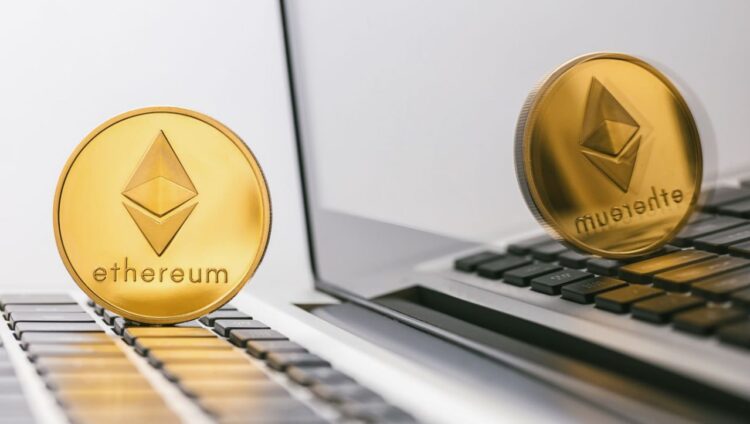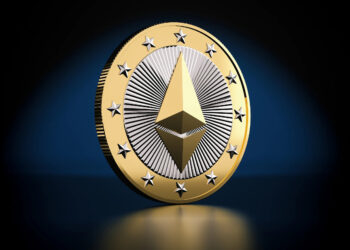On the 2nd of February 2023, Qiao Wang, core contributor at Alliance DAO, tweeted that the Ethereum burn rate exceeded expectations despite the crypto winter.
https://twitter.com/QwQiao/status/1631261023301672961
Qiao Wang stated that he could not think of any better asset to own in the crypto world other than Ethereum, as its burn rate amidst the bear market exceeded his expectations.
Last year was undoubtedly a brutal year for crypto investors. Bitcoin and other digital assets were battered by the 3AC and FTX turmoil, resulting in a massive decline.
Ethereum, the world’s second-largest cryptocurrency, launched in the middle of the Bitcoin bear market in 2015 and implemented a token burn mechanism on August 5, 2021, all thanks to the EIP-1559 upgrade. Since then, recorded data from Glassnode indicates that nearly $9 billion worth of tokens has been burned cumulatively.
Burning of tokens is explained as sending tokens to an address from which the tokens become irretrievable. The aim is to destroy tokens in order to reduce the asset’s circulating supply over time.
This new fee-burning mechanism is aimed at changing how transaction fees are calculated on the Ethereum blockchain. With each new transaction, Ethereum began removing a portion of the transaction fee from circulation. This is because the demand and supply law affects any asset’s price, which states that a decrease in supply causes the price to increase. The burning mechanism reduces the supply of ETH, causing the price of ETH to increase over time.
According to data from Ultrasound.money involving several chats and analyses, a total of around 2.8 million ETH tokens have been removed from the supply since the burn mechanism was instituted.
According to analysis from a Glassnode chart, during the bull run of 2021, $20 million to $75 million worth of ETH was being destroyed daily. This has fallen to only around $2 million to $4 million worth of ETH burned daily in December 2022.
A deeper dive into data from Glass Node indicates that the mean gas fee has fallen significantly to around 15-20 Gwei from around 100 Gwei before the implementation of EIP-1559.
Some users speculate that changes would be made during the Shanghai update. There is a belief that the burn rate would increase after ETH assets get unstaked, or the issuance mechanism would be changed, affecting the stake rate and transaction cost.
therefore, if the staking rate increases, the burn rate will reduce.










